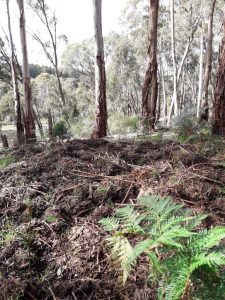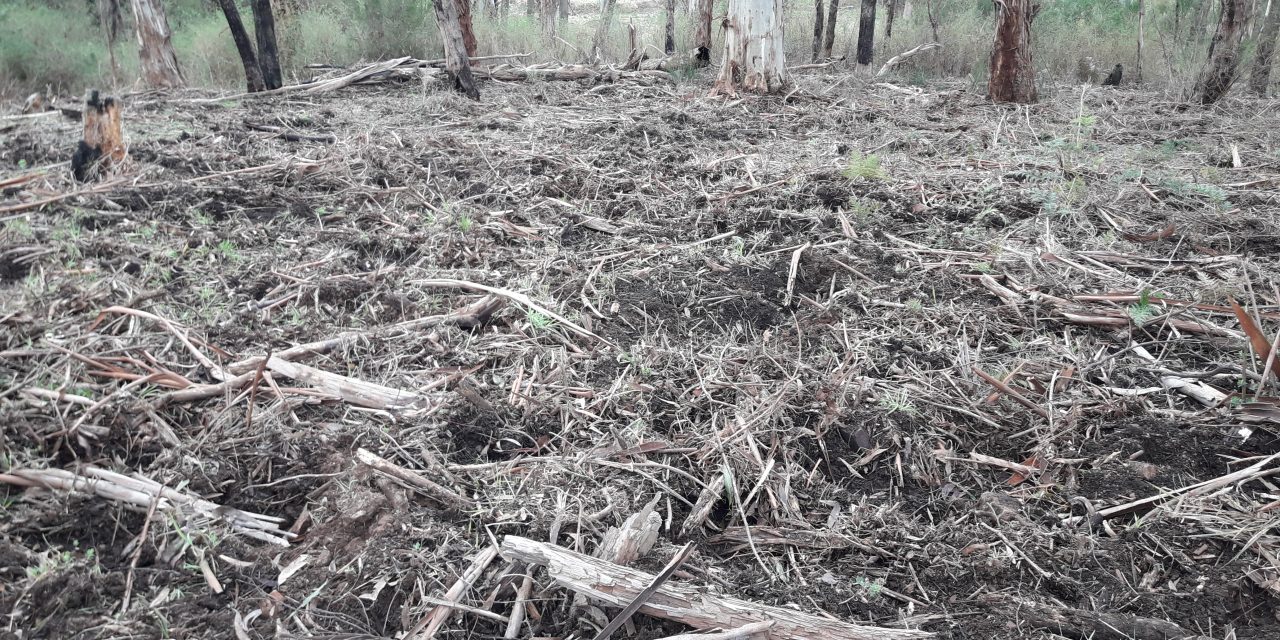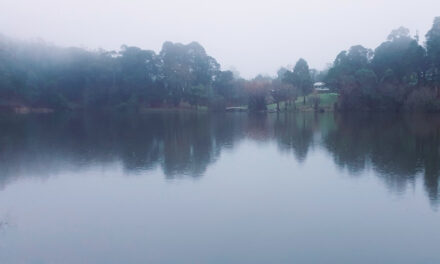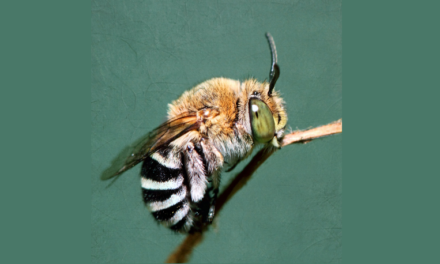Margaret Hodge
Wombats have been busy digging or tilling soil in the Blind Creek drainage and, probably many other forest areas around our community. Their tilling is important for the whole forest environment.
Wombats dig the soil in search of grass and roots to eat. Last spring, our neighbourhood bare nosed wombat had an insatiable need to feed in our fenced dog yard, although the grass outside the fence is much the same. Happily this year the wombat seems to have found more attractive food sources in the nearby forest.
Extensive areas of wombat tilling can be seen along the creek valley. This is probably the work of more than one wombat because such a lot of ground is tilled. Bare nosed wombats are solitary creatures except when a mother is raising young. Each wombat territory usually covers around five hectares. Blind Creek could sustain a few wombat ranges. Each patch of tilled land is the work of just one wombat that feeds and digs over turf in its own range.
Most recently, the wombats appear to prefer places in the forest that were mulched last summer. They have left alone areas of native grasses and ground covers that were undisturbed by the forest mulching machine. Instead, the sturdy beasts have churned through mulched parts of the forest floor that previously had thick infestations of weeds. I hope these wombats are feeding on new roots of gorse, broom or blackberry, slowing their regrowth.

Wombat tilling, up to 40cm deep, has many benefits for native forests.
Through wombat tilling, the topsoil is loosened and turned over to a depth of up to 40 centimetres. It’s an amazing work to see, like a plough has been steered delicately in the dark of night. Wombat work is easier to appreciate in the forest than in our garden!
There are many benefits of wombat tilling. It aerates the soil, improves water penetration, helps nutrients reach deep tree roots, covers seeds from plants, boosts grass nutrients and blends leaf and bark litter with the soil thus reducing the fire fuel load. The ABC recently released remastered archival footage of wombats and presented it with up-to-date knowledge of the role wombats play in the Australian landscape. In “Wombat Kingdom”, available on ABC iview, Aaron Pedersen explains the importance of wombat tilling in the life of the forest community.
As well as delighting us when we see them, wombats have an important part to play in the health of our native forest. Increasing signs of activity may mean wombat numbers are growing. Wombat sightings can be recorded on the WomSAT citizen scientist website.
Margaret Hodge is a Daylesford resident











